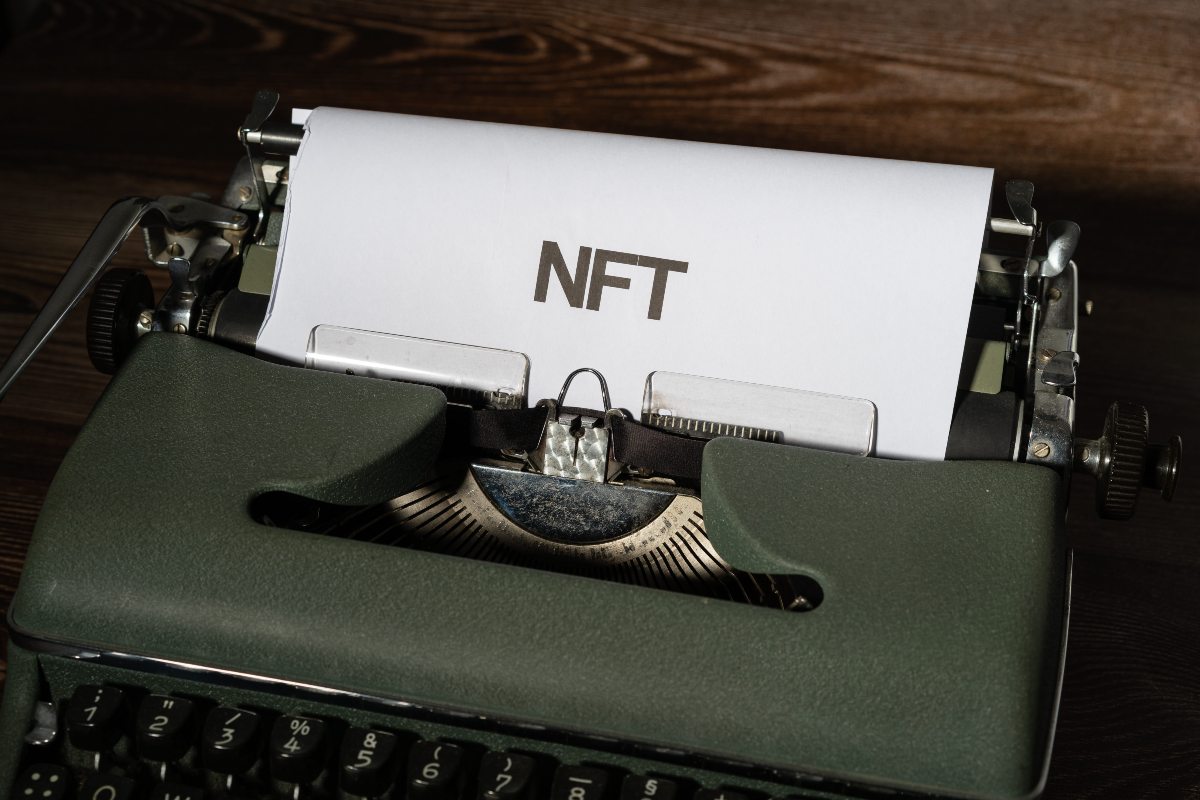As an investor, how can you spot malpractice?
Since the most valuable NFTs such as artwork of Bored Apes and punky-looking characters are sold in ETH, the prices of NFTs and ETH typically tend to move in tandem. That has not been the case in the past couple of months. Prices of ETH and NFTs that run on the Ethereum network have diverged sharply. Interest in NFTs has continued to wane and trading volumes have dropped precipitously in recent months, according to tracker DappRadar. The world’s biggest NFT marketplace, OpenSea, is seeing its lowest monthly sales in a year, according to Dune Analytics.
While free falling crypto prices may account for some of the drop in NFT transaction volume, the decline is too steep to be explained by this alone, according to Chainalysis.
The real question to ask is: was the initial hype real appreciation in the market or was it whipped to cover up a lot of shady stuff happening behind the scenes?
Part of the reason why the NFT market is now being looked at with suspicion is the fact that unlike crypto, KYCs are not mandated to trade NFTs. NFT trade happens between wallets and not identified individuals, which makes NFT money laundering a very real possibility.
Crypto investor and uber-bearish crypto commentator Mr. Whale has drawn attention to this darker side of the burgeoning NFT space. He argues that because art is so subjective and in the eye of the beholder, NFTs often do not face scrutiny from lawmakers and regulators. This aspect of art is the primary reason why it has been used as a vehicle for illicit financial flows for centuries, he added. “If you have $1 million in illegal money, you would spend $1 million on your own NFT. You can do this yourself or use a trusted third-party account. Then you resell the trash for nothing and bank the profits.”
Some of the Bored Ape hype could just be a bunch of shady crypto bros trading NFTs with themselves at insane prices so they can convert their “black” into “white”.
Wash trading, meaning executing a transaction in which the seller is on both sides of the trade in order to paint a misleading picture of an asset’s value and liquidity, is another area of concern for NFTs. In the case of NFT wash trading, the goal would be to make one’s NFT appear more valuable than it really is by “selling it” to a new wallet controlled by the same owner. In theory, this would be relatively easy with NFTs, as many NFT trading platforms allow users to trade by simply connecting their wallet to the platform, with no need to identify themselves.
As an investor, how can you spot malpractice? Here are a few pointers.
Price: If the NFT you’re looking to buy is priced significantly higher than the collection’s floor price, then it is possible the NFT has been traded, especially if that NFT has little to no rare attributes that might explain a higher price point.
Transaction history: Tools like Etherscan and BscScan can be used to check the transaction history of an NFT. Some marketplaces, like OpenSea, also display this information on their listing pages. A sudden jump in the price of an NFT without any prior activity could be a sign of wash trading.
Previous owners: Look out for wallet addresses that show up multiple times in the transaction history. If the same wallet has purchased an NFT multiple times, then it could be a sign of wash trading. You can also look at individual wallet addresses to see if they’ve interacted with other wallet addresses listed in an NFTs transaction history – another potential sign that the wallets may be closely linked to one another.
The saddest part about all the hype and scamming is that genuine use cases of NFTs are being overlooked and being ignored due to the hype. NFTs are not an easy way to make money.
Beyond buying and selling art, NFTs can be used to prove authenticity of awards and rare goods, adding value to micro-transactions and register domain names or real estate in both the virtual and real worlds. Many innovative projects seek to emphasize the utility of NFTs.
Whatever the future for the NFT market, many agree that it has reached an inflection point from which anything is possible. Like Irene Veng, founder and CEO of Oxford based Certi.NFT, said, perhaps the NFT market crash is a reminder that earning money is not the main purpose of NFTs.
Disclaimer:
This article was authored by Giottus Crypto Exchange as a part of a paid partnership with The News Minute. Crypto-asset or cryptocurrency investments are subject to market risks such as volatility and have no guaranteed returns. Please do your own research before investing and seek independent legal/financial advice if you are unsure about the investments.
©2022 the news minute


